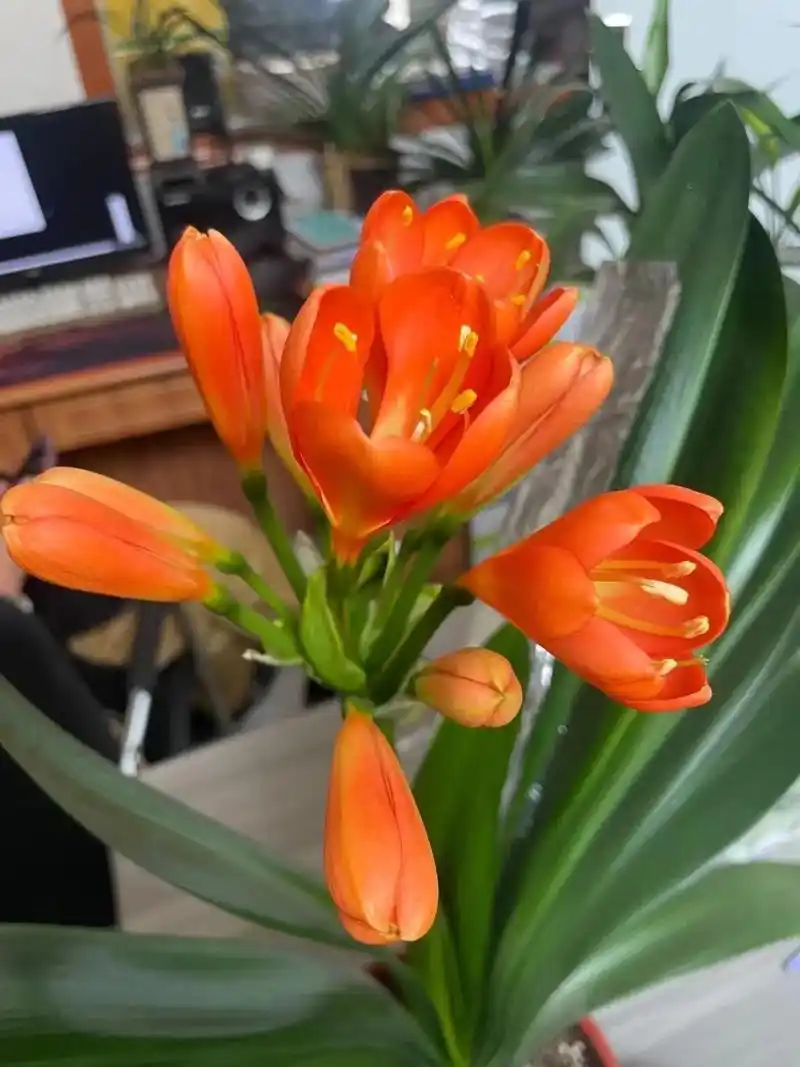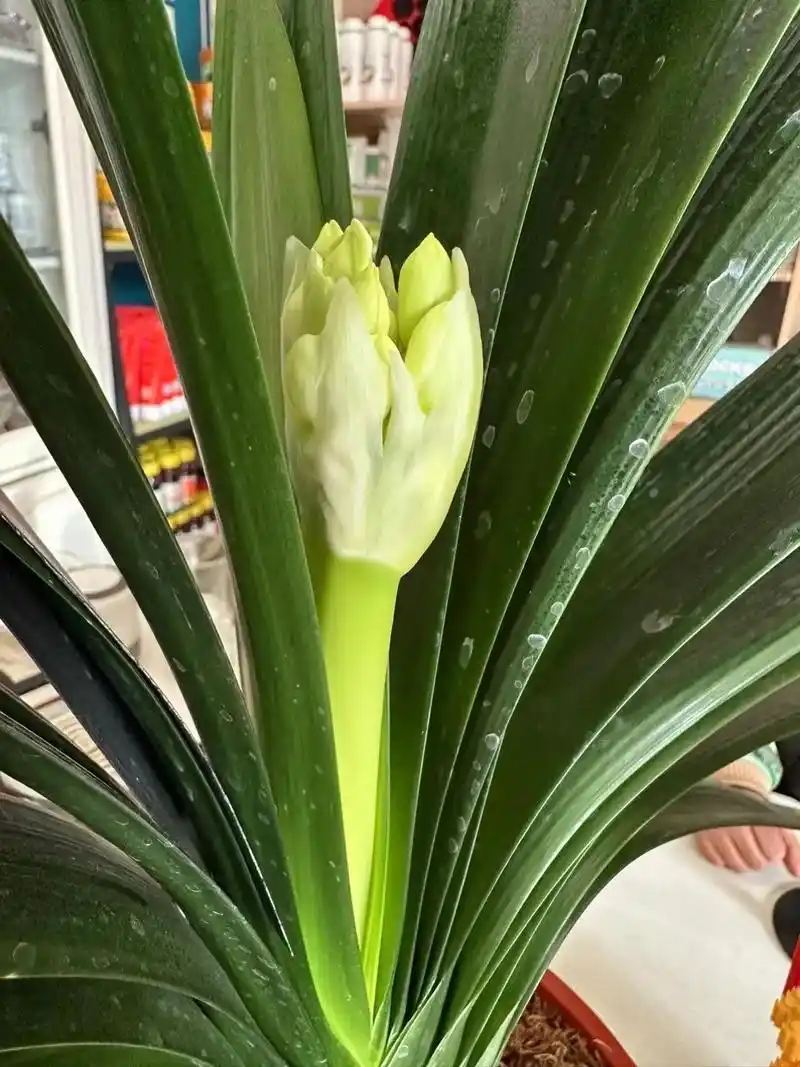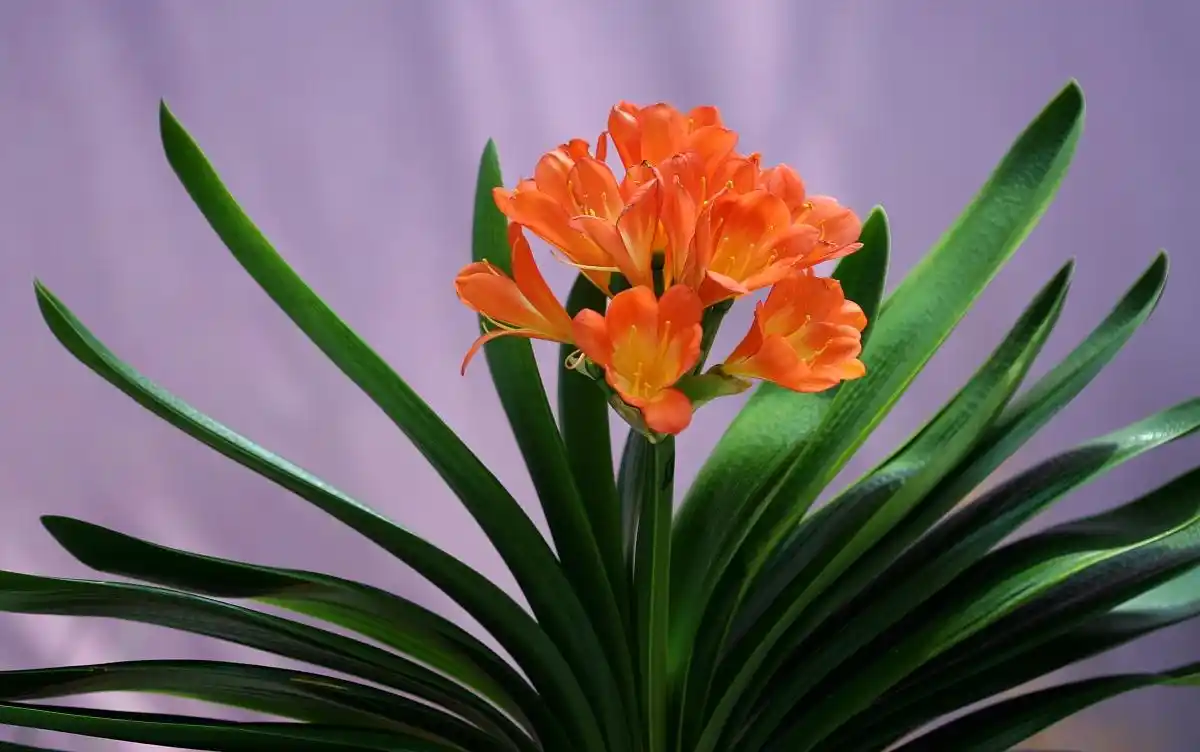The key points for maintaining Clivia-"The soil is breathable, the right amount of water, gentle light, precise fertilizer, and early prevention of diseases". Put these five points in place. The south will be moist and the roots will not be rotten, and the dry leaves in the north will still be shiny! Today, let's talk about the 'life-saving formula' for maintaining clivia. From soil matching to disease prevention, we teach you hand-on how to raise clivia with "leaves like swords and flowers like balls"!

?? 1. The soil must be "breathable"-pine needles + rotten leaves, and the roots will not rot but grow strong!
Clivia's "fleshy roots are afraid of standing water". If the soil is too sticky, the roots will rot. If the soil is too loose, it will not hold water well. It must be "breathable and water"!
Soil mixing method: pine needles + legular soil + coarse sand (ratio 3:2:1), or use special soil for Clivia (when buying, look at the composition, don't choose clay);
pit avoidance reminder: Don't use garden soil (too sticky), nutritious soil (too fat and easy to burn roots), pure coconut bran (too strong water retention);
soil change timing: Change the soil once every spring or autumn (when the roots are full of pots/soil is hardened), and when changing soil, keep 1/3 of the old soil (reduce root damage).
??Tips: Before changing the soil, spray the soil wet without dripping water (it can form a ball with your hands and will disperse with a touch). If it is too dry, it will hurt the roots, and if it is too wet, it will easily rot.
?? 2. Watering "look at the leaves"-water the leaves straight and straight before watering, once every 3 days in the south and once every 5 days in the north!
Clivia "watered more rotten roots and fewer leaves wilting", so you have to "water them according to the leaves"-the leaves are straight and straight, which means that there is no water shortage, and if the leaves are soft, you have to water them!

Watering frequency: watering once every 3-5 days in the south when it is humid, watering once every 5-7 days in the north when it is dry (hot in summer/cold in winter should be adjusted appropriately);
watering method: Use a fine-spout pot to slowly pour along the edge of the basin (don't pour it to the heart of the leaves, which is easy to rot), until the bottom of the basin leaks;
judge water shortage: use chopsticks to insert it into the soil (2-3 cm deep), pull out chopsticks to dry and pour it, and wait until it is wet;
remind to avoid pits: Don't use" half water"(only pour the surface, the roots are not absorbed), and don't use" cold water"(use water similar to room temperature in winter).
???Tip: Put a small bowl of water next to the flower pot in summer (to increase air humidity), or use a spray can to spray water on the leaves (but don't spray too much, as long as the leaves have water droplets).
?? 3. The light should be "gentle"-*tered light is the best, cover the shade in summer and dry the back in winter!
Clivia "likes light but is afraid of being exposed to the sun". Strong light will sunburn the leaves (yellow spots appear). Lack of light will cause the leaves to be slender and will not bloom. It needs to be "*tered light"!
Best lighting: east/west facing window sill (sun for 2-3 hours in the morning/evening), or south facing window sill with sunshade net (50% shading);
summer heat: When the temperature exceeds 30 ° C, move to a cool and ventilated place (such as the corner of the living room), or cover with sunshade net;
winter supplement light: It is cold in the north, you can place it on the indoor south-facing window (better with heating), or use fill light (supplement light for 4-6 hours a day);

pit avoidance reminder: Don't suddenly move to strong light (easy to get sunburn), and don't leave it in the dark for a long time (the leaves will become thinner and yellowed).
??Tip: If the leaves grow and tilt towards the light, turn the pot 180 degrees every week (so that both sides receive light evenly), or use a bracket to hold the leaves.
?? 4. Fertilization should be "precise"-thin fertilizer in spring and autumn, stop fertilizer in summer, and supplement phosphorus and potassium before flowering!
Clivia "likes fat but is afraid of thick". If it is too fat, it burns its roots. If it is too fat, the leaves are yellow and will not bloom. It has to be "thin and applied frequently"!
Fertilization during the growth period: Apply special fertilizer for Clivia once a month in spring and autumn (March to May, September to November)(or use decomposed cake fertilizer and water, 1:20 mixed with water);
Fertilization before flowering: During the flower bud differentiation period (November to December) Spray potassium dihydrogen phosphate solution (1:1500 mixed with water) once a week to promote flowering;
Stop fertilization in summer: Stop fertilization when the temperature exceeds 30℃ (roots are slowly absorbed and easy to burn roots);
Poth-avoidance reminder: Don't use "raw fertilizer"(undecomposed bean cakes, milk), or "concentrated fertilizer"(fertilizer solution is too thick).
??Tips: Pour water once the second day after fertilization (wash away excess fertilizer) to avoid fertilizer damage.
??? 5. Disease prevention "requires early treatment"-don't delay leaf spots and rotten roots, alcohol + carbendazim, you can get it done in one move!
Clivia is "most afraid of leaf spot disease and rotten roots." Leaf spot disease will cause black spots and rot on the leaves, and rotten roots will cause the leaves to turn yellow and collapse. It needs to be "discovered early and treated early"!
Prevention and control of leaf spot disease: If you find black spots on the leaves, use a cotton swab to wipe them off (or spray carbendazim solution, 1:1000 mixed with water), once a week, and spray three times in a row;
Treatment of rotten roots: When the roots are black and smelly, remove the pot, cut off the rotten roots (use disinfectant scissors), soak carbendazim solution for 30 minutes, and replace them with new soil;
Prevention methods: Keep ventilation (don't keep it in the corner), water Don't pour it on the heart of the leaves, and clean up the fallen leaves regularly (to avoid the breeding of bacteria).
??Tip: If the leaves turn yellow, it may be iron deficiency (spray some iron chelate) or rotten roots (remove the pot and check).
??The "ultimate method" for
maintaining Clivia is difficult to say, but it is not simple to say. The key is that "the soil is breathable, the right amount of water, gentle light, precise fertilizer, and early prevention of diseases"-the south is moist with pine needles. Soil, the north is dry and sprayed with water, thin fertilizer in spring and autumn to promote growth, stop fertilizer in summer to avoid high temperatures, treat leaf spots and rotten roots early, and it is difficult to raise the disabled!
Flower friends remember: Use pine needles + rotten leaves to mix soil, water to see the height of the leaves, choose to *ter light, apply thin fertilizer frequently, use alcohol + carbendazim to prevent disease, your clivia can also have bright leaves and bloom like a ball!